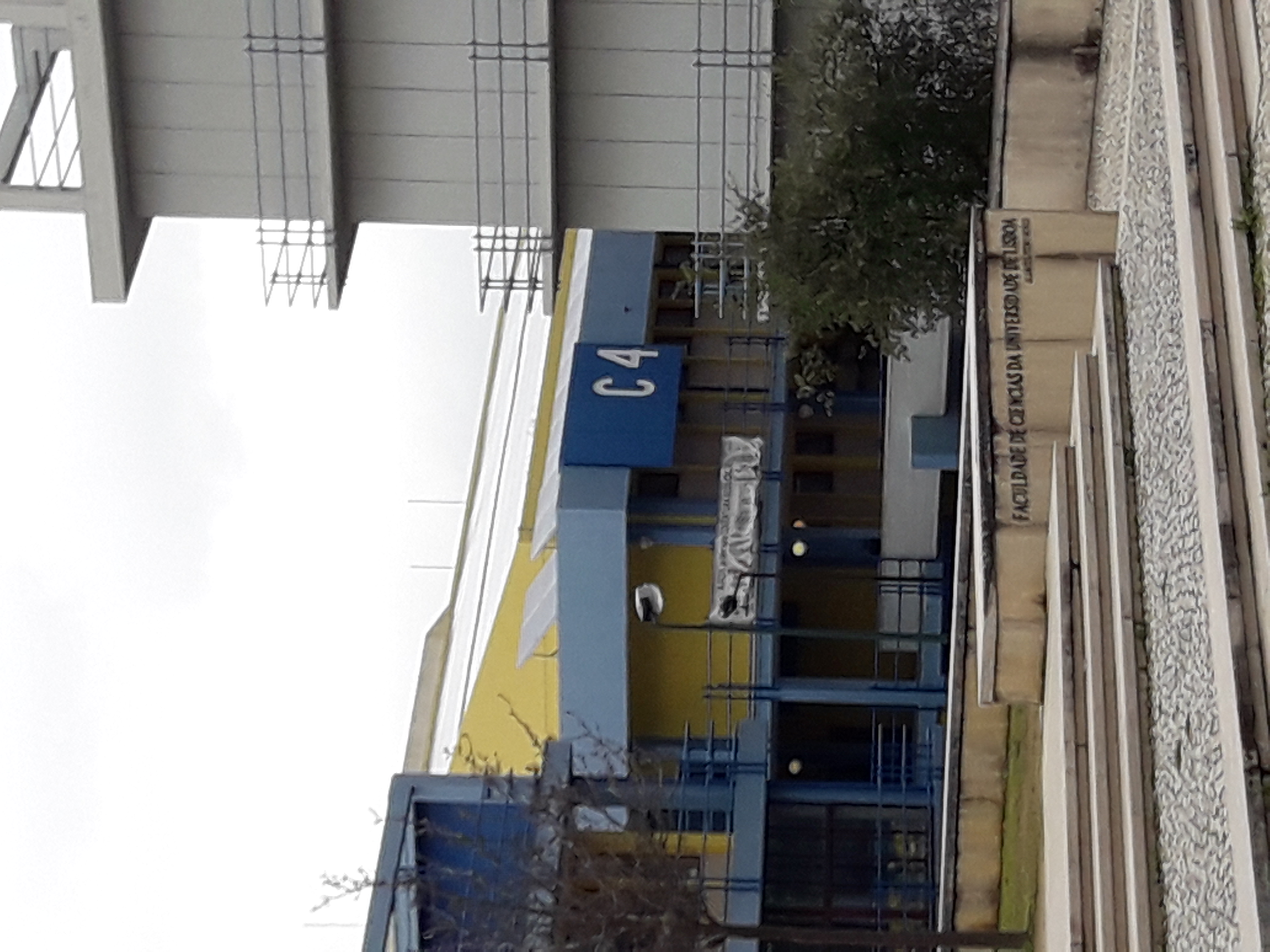
Uploaded on 2017-03-05 by Joana Miguel Correia Fernandes
Distributed energy production infrastructures, namely renewable energy technologies, are increasing their presence in the energy grid, and in the urban territory. Due to their characteristics, high integration capacity within the built environment and within the building itself, soundless and functioning during peak hours of energy demand, photovoltaics is already a known feature in urban centers. Lisbon, being the European capital with the highest number of sun hours, still does not take full advantage of the potential this technology represent. Nevertheless, over the past years, given the positive legislative framework, photovoltaic projects have bloomed in the city. The picture is an example of a “gree-campus” structure where 2MW of solar PV panels have been installed in buildings roofs and in urban structures like car parks. It’s the biggest solar central in the city. The campus landscape changed and no student, whether from engineering or social sciences, can say he does not know what solar energy is or that he hasn’t seen it. It’s everywhere. The message is everywhere, the campus needs to be more sustainable, producing its own energy, being more efficient and everyone has a role. The change is happening and the university is leading by example. More and more we expect the energy panorama to change, increasing the use of RES, at a distributed small urban scale, embedded or installed in buildings and urban infrastructures, storage structures, dynamic bi-directional smart grids, electric vehicles, etc, changing the way we see and deal with energy.